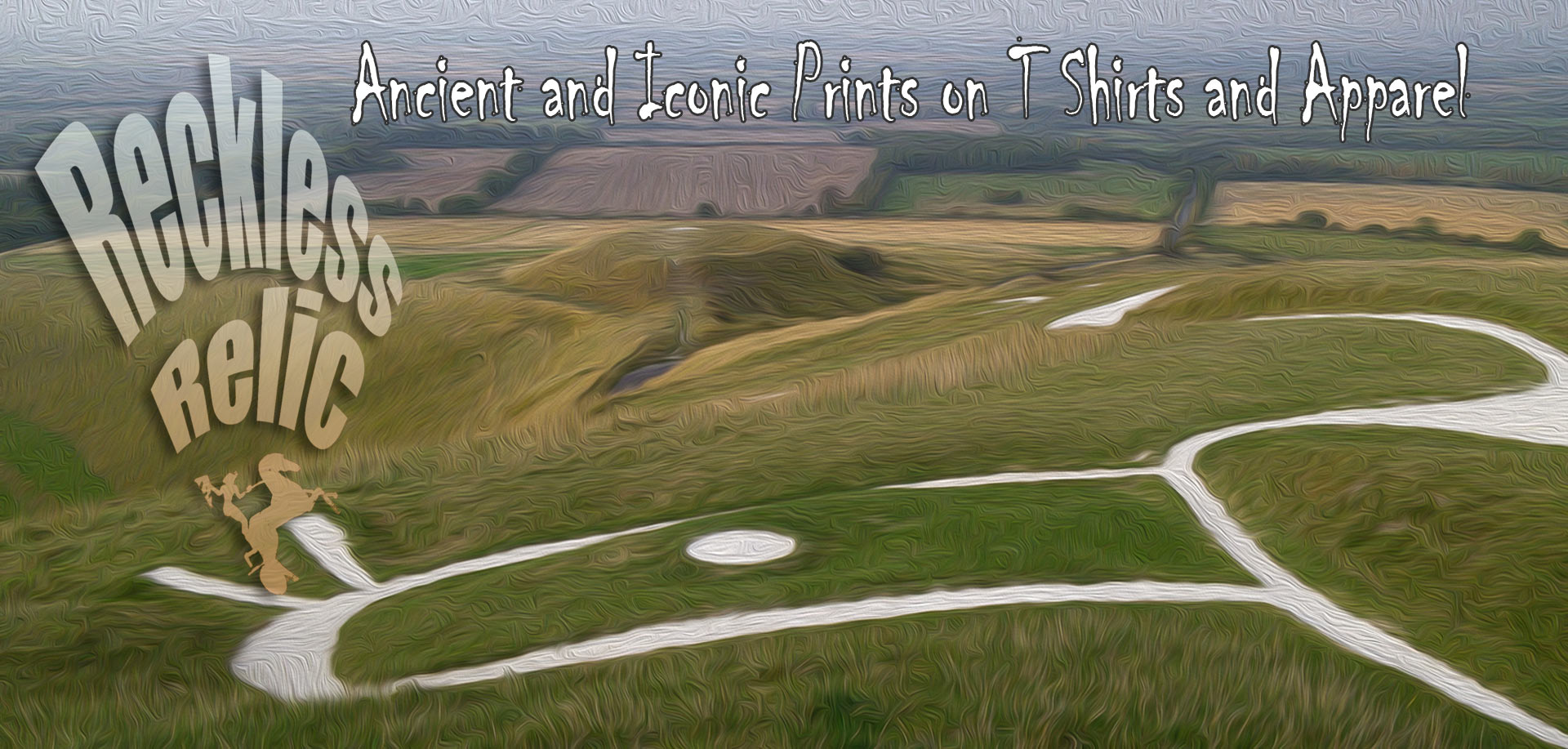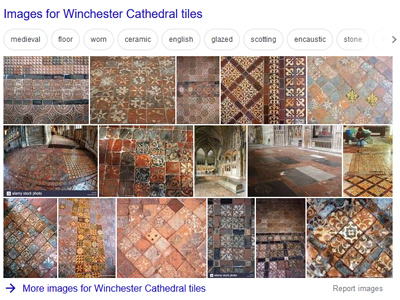
Medieval floor tiles from the 13th century abound in Winchester Cathedral. They form the largest surviving spread of medieval decorated floor tiles inside any building in England. Find them in the Retrochoir at the far end of the Cathedral.
Winchester Cathedral
It is one of the largest cathedrals in Europe, having been dedicated in the deep past to Saint Swithun.
An ancient place indeed, Winchester was the capital of Anglo Saxon Wessex, now in Hampshire, and Winchester Cathedral is a grade 1 listed building.
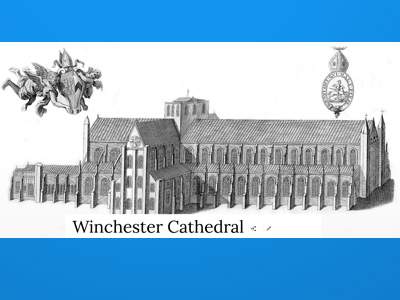
In 635 Cynegils, the king of the West Saxons, was baptised as part of Christianity coming to Saxon England. The original cathedral was founded in 642 and built just north, outside the current west door of the present day site, this first church became known as the Old Minster.
Saint Swithun, the first bishop of Winchester, was first buried near the Old Minster, as were the West Saxon kings, as in 899 Alfred the Great was buried there and King Eadwig and his wife Ælfgifu. The bones of Saint Swithun were famous and pilgrims flocked to his shrine.
By 971, the Old Minster formed part of a Benedictine monastic settlement.
In 1070 Stigand, the Saxon bishop, was replaced by Walkelin, the first Norman Bishop of Winchester and work began on the new, Norman Cathedral in 1079. Limestone was brought from the Isle of Wight, hauled along a Roman trackway to the sea, then taken by barge across the Solent and on to Winchester.
On 8 April 1093 the monks from the Old Minster moved into the new building we know as Winchester Cathedral.
The Annals of Winchester say, “in the presence of almost all the bishops and abbots of England, the monks came with the highest exultation and glory from the old minster to the new one”

The monk’s procession took place on the Feast of Saint Swithun and they carried the saint’s ornate reliquary with great ceremony to a new place of honour, behind the high altar in the cathedral. The following day work began to pull down the old minster.
The legend, that if it rains on St. Swithun’s day, it will continue for forty days, could be based on the day that the saint’s reliquary was moved from the Old Minster to the new High Alter. A violent storm is believed to have occurred, but for how long, is not known.
Pilgrims flocked to Winchester Cathedral in droves, enticed by the belief in the healing power of St Swithin’s bones. A tunnel beneath his shrine was named the ‘Holy Hole’, and pilgrims crawled in to be even closer to the holy relics. This continued until 1456, when an even more elaborate shrine of gold, silver and gems, was built at the opposite end of the church.
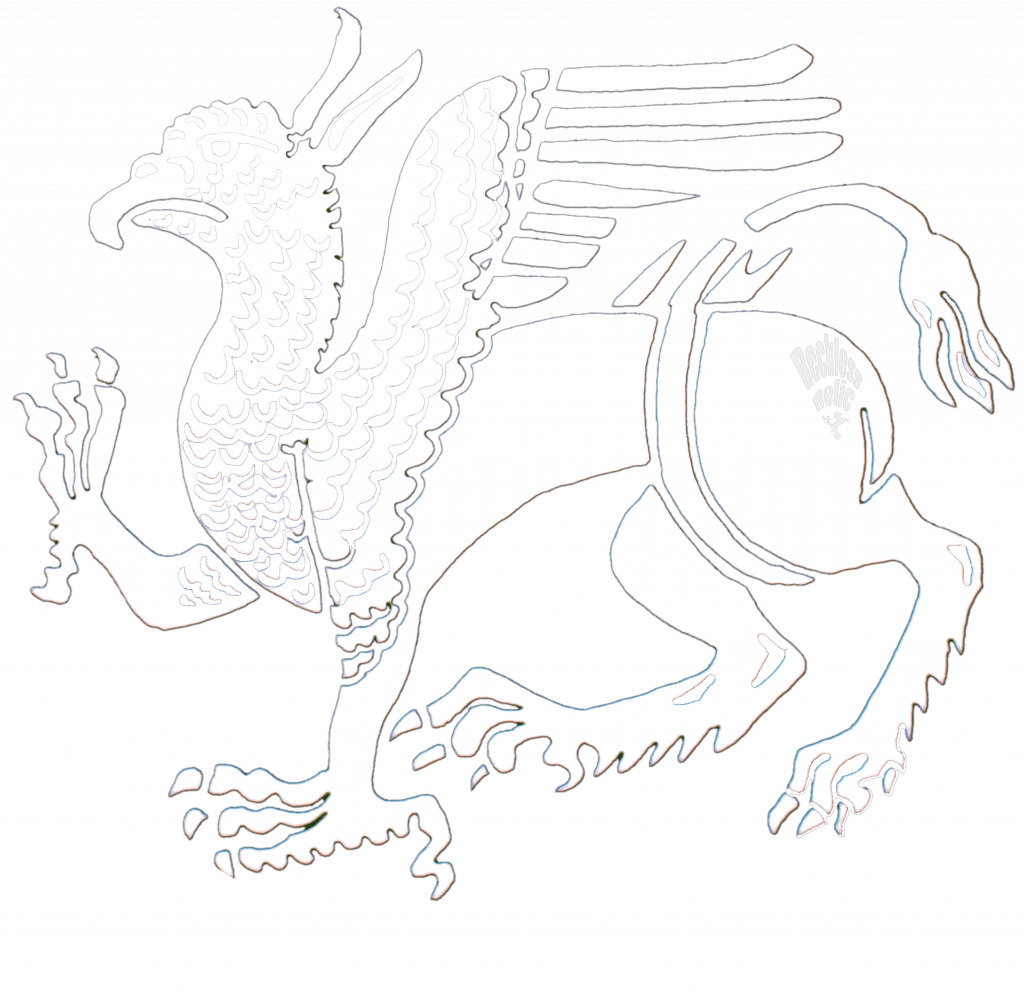
Walkelin’s site for his new cathedral was quite unsuitable. The marshy land meant that thousands of wooden piles had to be driven into the ground to sure up the new building. Even today, the cathedral’s crypt can easily flood. But much remains of Walkelin’s building : the crypt, transepts and nave. The original crossing tower, however, collapsed in 1107 and many thought it may be a sign of God’s disapproval for the burial of William Rufus (William II) which was right beneath it, for he was an unpopular king, murdered in the new forest in 1100.
Godfrey de Luci was bishop in 1189 and added a retrochoir in the Early English style. No other re-building occurred until the mid-14th century bishops Edington and Wykeham. Edingdon (1346–1366),William of Wykeham (1367–1404). Much was transformed, and the wooden ceilings were replaced with stone vaults.
It is believed that the Black Death halted the reconstruction of the west end of the cathedral in 1349. The level just above the three door arches was resumed about twenty five years later with less skill than previously. In the Middle Ages the cathedral was often used for royal court functions.
Henry of Beaufort (1405–1447), William of Waynflete (1447–1486), Peter Courtenay (Bishop 1486–1492) and Thomas Langton (1493–1500), all added to cathedral, with Richard Foxe (bishop between 1500–1528) being the last bishop to extend and add features in 1525.
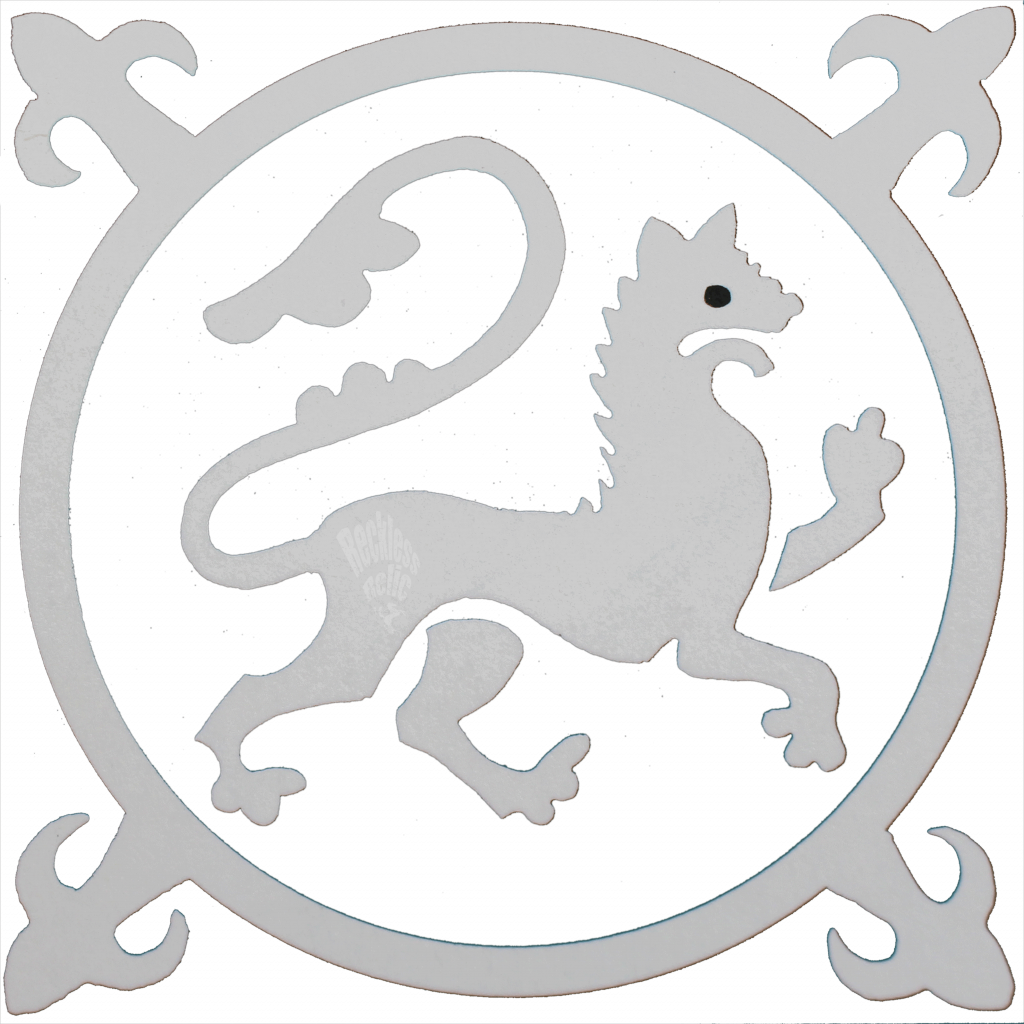
Henry Beaufort was a half-brother of Henry IV and the richest man in England. On his death he left a fortune to the cathedral, which helped pay for the Great Screen, an ornately carved stone screen behind the high altar. Originally decorated with beautifully carved and painted statues, these were removed during the Reformation.
Henry VIII destroyed the cult of St Swithun in the Reformation. His commissioners entered the cathedral during the night on 21 September 1538. They destroyed the shrine, breaking it up and stealing the valuable pieces. The saint’s bones were lost and the Holy Hole was stopped up.
Despite the reformation, the cathedral maintains it’s medieval carvings, especially in the 14th century choir stalls. Some of these seats are called misericords, meaning ‘mercy seats’ for the monks to use during long services. It is said that the Winchester collection of misericords is one of the largest in England.
In modern times Historic England works to preserve the cathedral.

FIND ALL OF THESE DESIGNS AT THE RECKLESS RELIC SHOP
-
 Fleur De Lis£32.50
Fleur De Lis£32.50 -
 Gryphon or Griffin£32.50
Gryphon or Griffin£32.50 -
 Spirit Of The Oak£32.50
Spirit Of The Oak£32.50
References and links:
